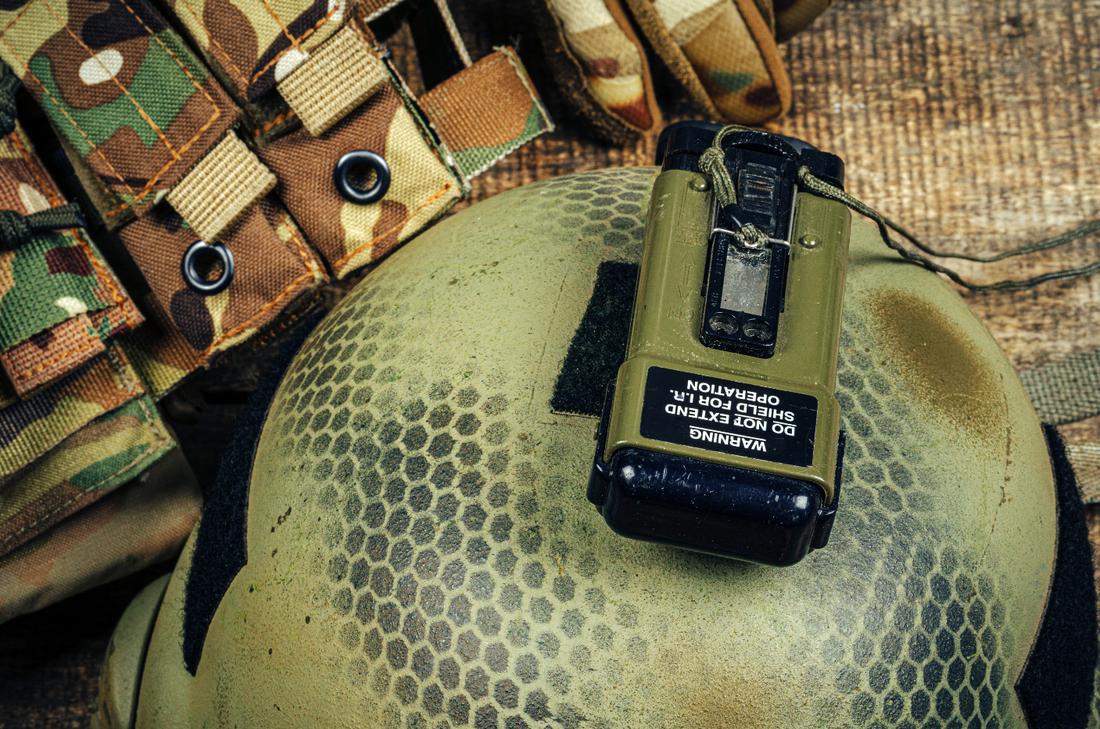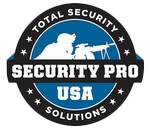
Are you concerned about your personal safety in today's world? If so, you may be wondering how to protect yourself effectively. One of the most effective ways to do this is by investing in personal safety gear. In this ultimate guide, we will be discussing ballistic levels and how they are used to determine the level of protection offered by personal safety gear.
Learn about Ballistic Levels for Personal Safety Gear
- Ballistic levels explained in detail
- Overview of different types of personal safety gear and materials used
- Factors to consider when choosing personal safety gear, including specific threat level, weight, and comfort
Definition of Ballistic Levels
Ballistic levels refer to a standardized system used to measure the level of protection offered by personal safety gear. This system is based on the ability of the gear to resist different types of ballistic threats, such as bullets, shrapnel, and explosive devices. Ballistic levels are used to classify personal safety gear based on the level of protection it offers, with higher levels indicating greater protection against more severe threats.
Importance of Understanding Ballistic Levels
Understanding ballistic levels is crucial when it comes to choosing the right personal safety gear. By knowing the different levels of protection offered by various types of gear, you can make informed decisions about which gear is best suited for your specific needs and circumstances. This knowledge can ultimately save your life in a dangerous situation.
Ballistic Levels of Protection
Explanation of Ballistic Levels
Ballistic levels are typically classified into four levels, ranging from Level I to Level IV. Each level indicates the gear's ability to protect against different types of ballistic threats.
Level I gear offers the lowest level of protection and is designed to stop small-caliber bullets. Level II gear is designed to stop larger-caliber bullets and offers more protection than Level I gear. Level III gear is designed to resist high-powered rifle rounds, while Level IV gear is designed to withstand armor-piercing rounds and other powerful ballistic threats.
Classification of Ballistic Levels
The National Institute of Justice (NIJ) has established a standardized system for the classification of ballistic levels. This system is widely recognized and used by manufacturers of personal safety gear. The NIJ's ballistic levels are based on the gear's ability to resist penetration from ballistic threats and are classified as follows:
- Level I: This level of protection is designed to stop small-caliber bullets, such as .22LR or .380 ACP rounds.
- Level II: This level of protection is designed to stop larger-caliber bullets, such as 9mm or .357 Magnum rounds.
- Level IIIA: This level of protection is designed to resist high-powered handgun rounds, such as .44 Magnum or .357 SIG rounds.
- Level III: This level of protection is designed to resist high-powered rifle rounds, such as 7.62mm NATO or .308 Winchester rounds.
- Level IV: This level of protection is designed to withstand armor-piercing rounds, such as .30-06 M2AP rounds.
Types of Ballistic Threats
Personal safety gear is designed to protect against various types of ballistic threats, including bullets, shrapnel, and explosive devices. Ballistic threats can come from a variety of sources, including firearms, explosive devices, and sharp objects.

Types of Personal Safety Gear
Helmets
Helmets are an important component of personal safety gear, offering protection against head injuries in dangerous situations. Ballistic helmets are available in a variety of styles and can be made from materials such as Kevlar, carbon fiber, and ceramic. These helmets are designed to resist penetration from ballistic threats and can be classified under the ballistic levels established by the NIJ.
Vests
Body armor vests are another important component of personal safety gear. These vests are designed to protect the wearer's torso from ballistic threats and can be classified under the ballistic levels established by the NIJ. Vests can be made from a variety of materials, including Kevlar, Dyneema, and Spectra, and can be either soft or hard.
Body Armor
Body armor is a broad term that refers to any type of personal safety gear designed to protect the wearer's body from ballistic threats. This can include vests, helmets, shields, and full-body suits. Body armor can be classified under the ballistic levels established by the NIJ and can be made from a variety of materials, including Kevlar, ceramic, and steel.
Shields
Ballistic shields are an important component of personal safety gear, offering protection against ballistic threats in dangerous situations. These shields can be made from a variety of materials, including Kevlar, steel, and carbon fiber, and can be classified under the ballistic levels established by the NIJ.

Materials Used to Create Personal Safety Gear
Personal safety gear can be made from a variety of materials, each with its own unique properties and level of protection. Some of the most common materials used to create personal safety gear include Kevlar, Dyneema, Spectra, ceramic, steel, and carbon fiber.
Level of Protection Offered
The level of protection offered by personal safety gear can vary depending on the ballistic level of the gear and the materials used to create it. Higher ballistic levels and stronger materials typically offer greater protection against more severe ballistic threats.
Understanding Personal Safety Needs
Importance of Personal Safety Gear
Personal safety gear is an essential component of staying safe in dangerous situations. By investing in the right gear and understanding how to use it effectively, you can increase your chances of surviving a dangerous encounter.
Different Environments that Require Personal Safety Gear
There are many different environments that may require personal safety gear, including military combat zones, law enforcement situations, and high-risk civilian areas. It is important to understand the specific threats present in your environment and invest in the appropriate personal safety gear to protect yourself.
Personal Safety Threats
Personal safety threats can come in many different forms, including firearms, explosive devices, and sharp objects. By understanding the specific threats present in your environment, you can choose the appropriate personal safety gear to protect yourself.
| Factors to Consider | Level I | Level II | Level IIIA | Level III | Level IV |
|---|---|---|---|---|---|
| Specific Threat Level | Small-caliber bullets | Larger-caliber bullets | High-powered handgun rounds | High-powered rifle rounds | Armor-piercing rounds |
| Weight and Mobility | Lightweight, easy to move | Lightweight, easy to move | Moderate weight, may restrict movement | Heavy, may restrict movement | Heavy, may restrict movement |
| Comfort and Fit | Comfortable and well-fitting | Comfortable and well-fitting | Comfortable and well-fitting | Comfortable and well-fitting | Comfortable and well-fitting |
Choosing the Right Ballistic Level
Factors to Consider when Choosing Personal Safety Gear
When choosing personal safety gear, there are several factors to consider. These include the specific threat level in your environment, the weight and mobility of the gear, and the comfort and fit of the gear.
Specific Threat Level
The specific threat level in your environment should be the primary consideration when choosing personal safety gear. The ballistic level of the gear should be matched to the types of threats present in your environment.
Weight and Mobility
The weight and mobility of personal safety gear are important considerations, especially for individuals who need to move quickly or be highly mobile in dangerous situations. Lightweight gear that allows for ease of movement is often preferred.
Comfort and Fit
Personal safety gear should be comfortable and fit well to ensure that it can be worn for extended periods without causing discomfort or restricting movement. Proper fit is essential to ensure that the gear provides the intended level of protection.
Maintenance and Care
Proper Maintenance of Personal Safety Gear
Personal safety gear should be properly maintained to ensure that it continues to provide the intended level of protection. This includes regular inspections, cleaning, and storage in a cool, dry environment.
Tips on Cleaning and Storage
When cleaning personal safety gear, it is important to follow manufacturer instructions to avoid damaging the gear. Gear should be stored in a cool, dry environment to prevent damage from moisture or heat.
Regular Inspections
Personal safety gear should be inspected regularly to ensure that it is in good condition and provides the intended level of protection. Any signs of wear or damage should be immediately addressed, and damaged gear should be replaced.
Conclusion
Importance of Personal Safety Gear
Investing in personal safety gear is an essential component of staying safe in dangerous situations. By understanding the different ballistic levels of protection and choosing the appropriate gear for your specific needs, you can increase your chances of survival in a dangerous encounter.


0 comments